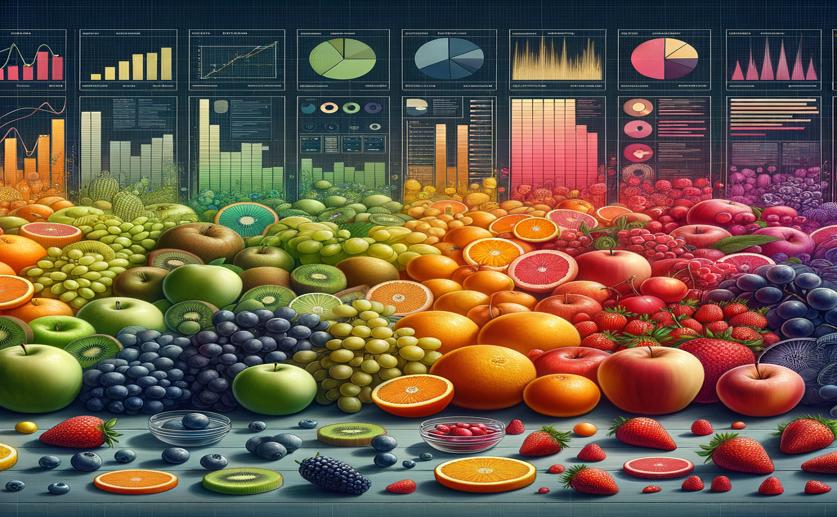
Biomarker Panels for Fruit Intake Assessment: A Metabolomics Analysis
Jenn Hoskins
29th July, 2024

Image Source: Natural Science News, 2024
Key Findings
- The study from the University of São Paulo, Brazil, evaluated the effectiveness of combining multiple biomarkers to distinguish between fruit consumers and non-consumers
- Researchers analyzed 24-hour urine samples from 93 healthy adults to identify metabolites associated with the consumption of bananas, grapes, and oranges
- The combination of metabolites showed strong predictive power for identifying fruit consumption, with high sensitivity and specificity, especially for oranges and citrus fruits
References
Main Study
1) Biomarker panels for fruit intake assessment: a metabolomics analysis in the ELSA-Brasil study.
Published 29th July, 2024
Journal: Metabolomics : Official journal of the Metabolomic Society
Issue: Vol 20, Issue 4, Jul 2024
Related Studies
2) Adapting the standardised computer- and interview-based 24 h dietary recall method (GloboDiet) for dietary monitoring in Latin America.
3) Biomarkers in nutritional epidemiology.
Journal: Public health nutrition, Issue: Vol 5, Issue 6A, Dec 2002
4) Urinary biomarkers of dietary intake: a review.
5) Bioavailability and pharmacokinetic profile of grape pomace phenolic compounds in humans.



 1st July, 2024 | Jenn Hoskins
1st July, 2024 | Jenn Hoskins